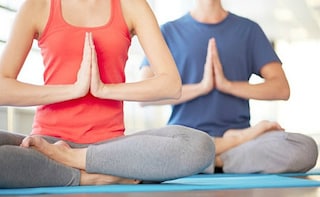It wouldn’t be a stretch to say that my work drives me to remain fit. No, I am not in rescue operations but yes, I still need to save myself from sudden snack attacks. I exercise to eat.
Advertisement
Advertisement
Advertisement
Advertisement
For the latest food news, health tips and recipes, like us on Facebook or follow us on Twitter and YouTube.
Advertisement
